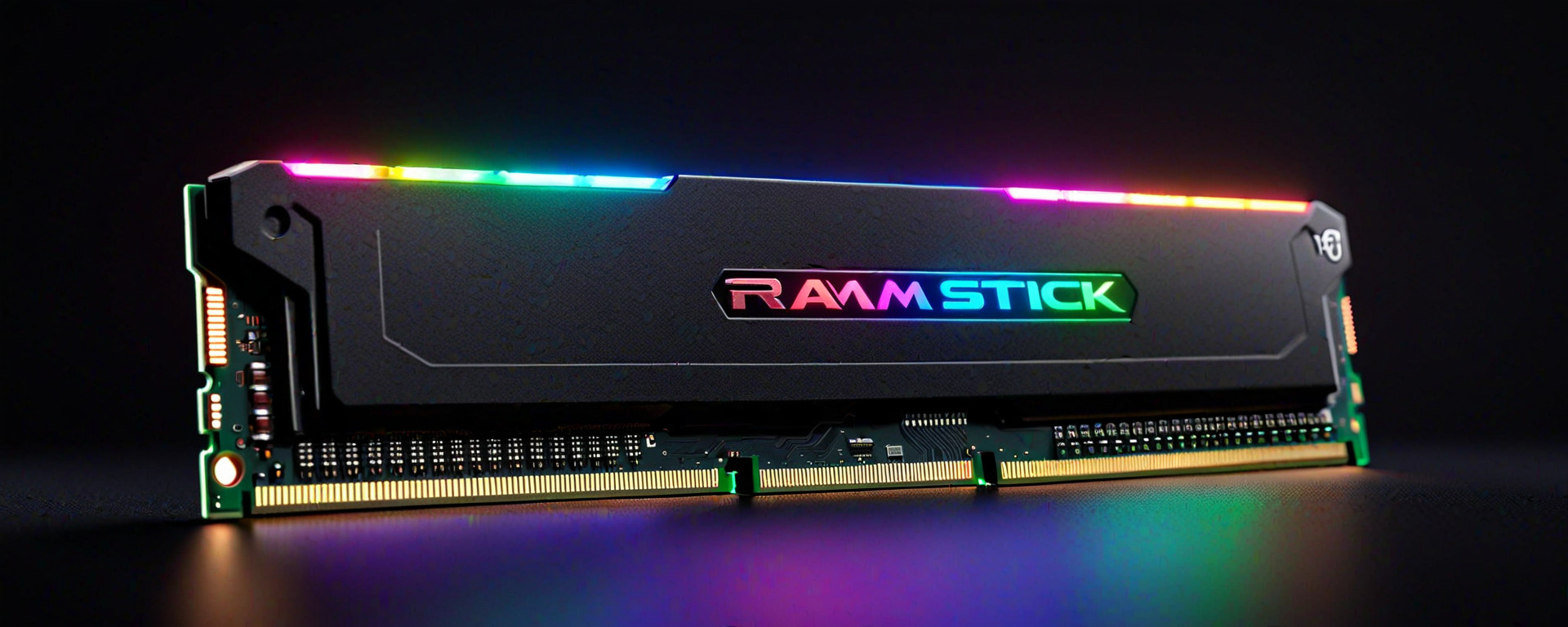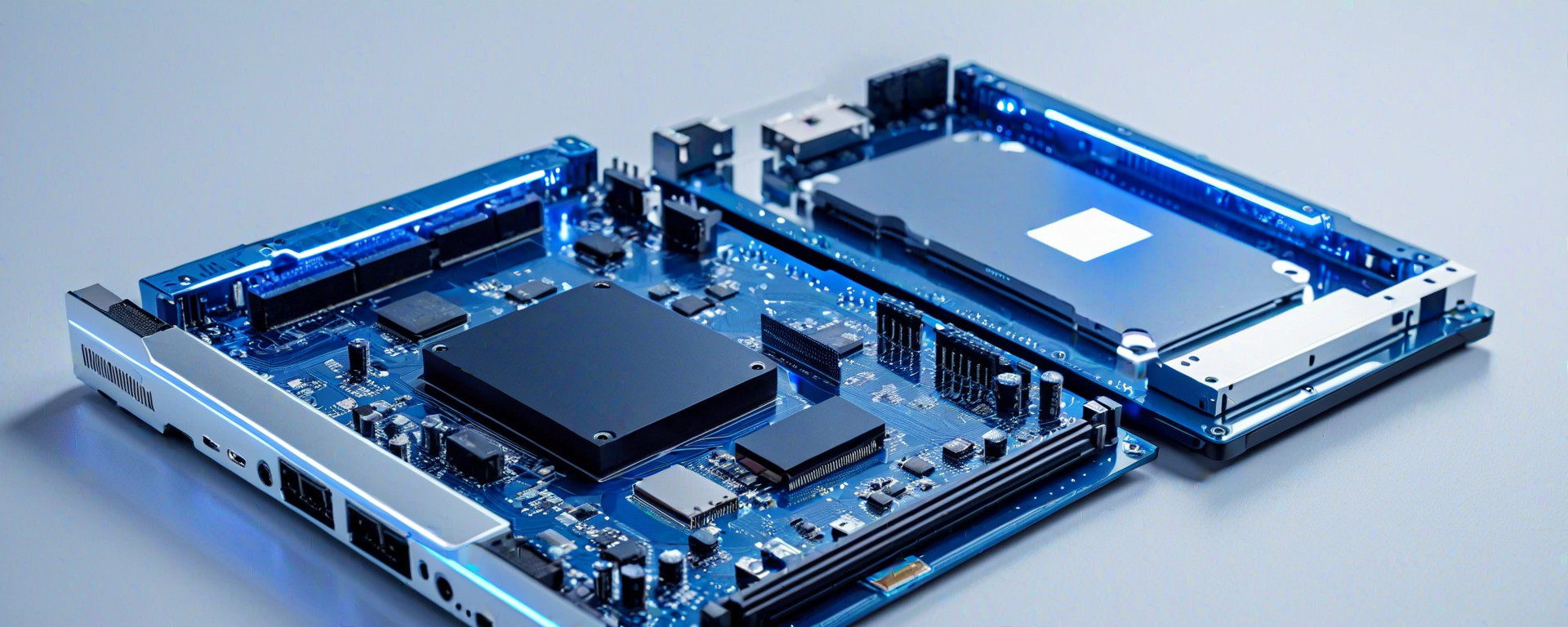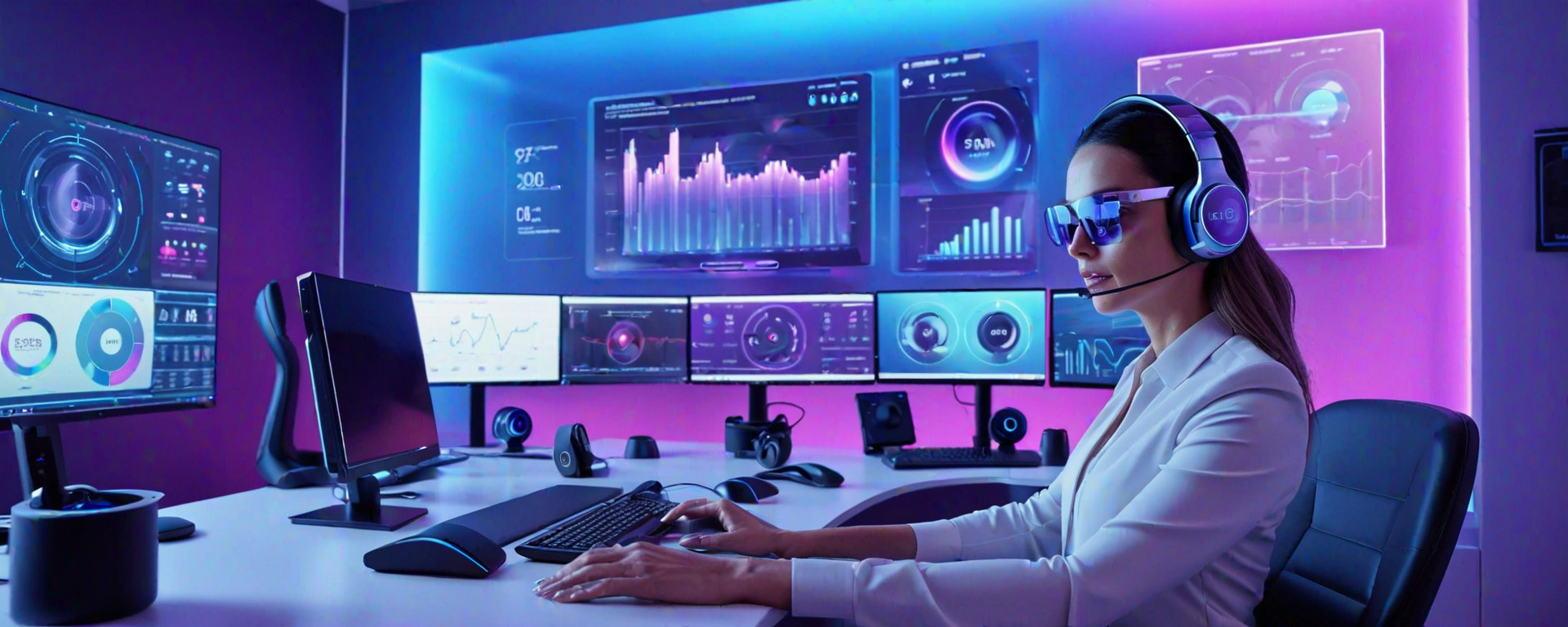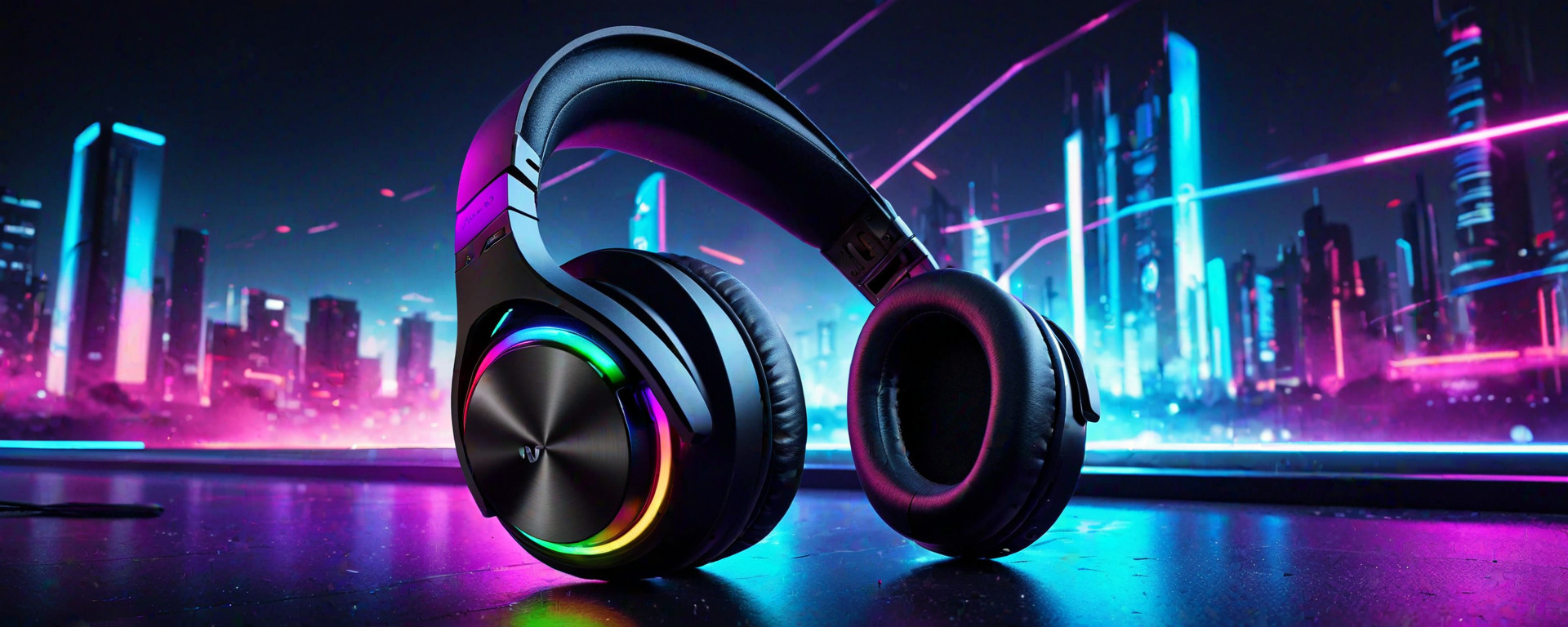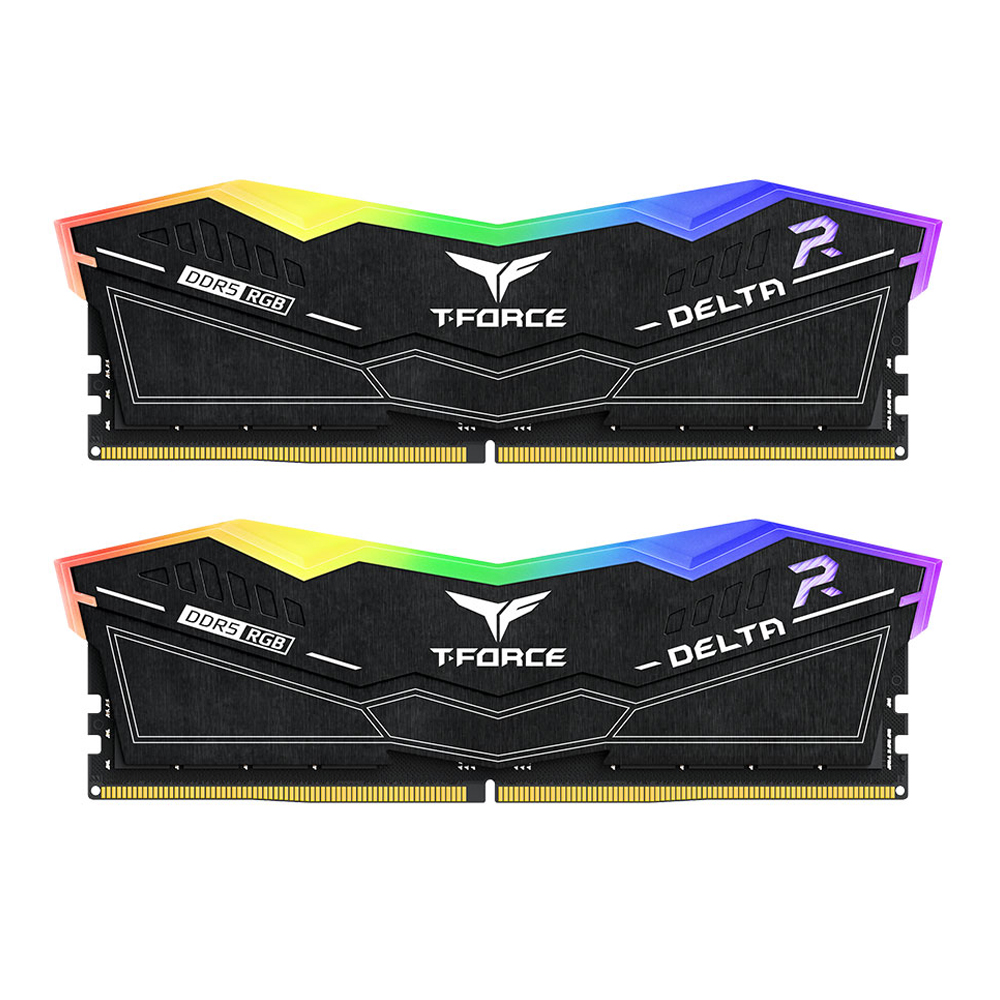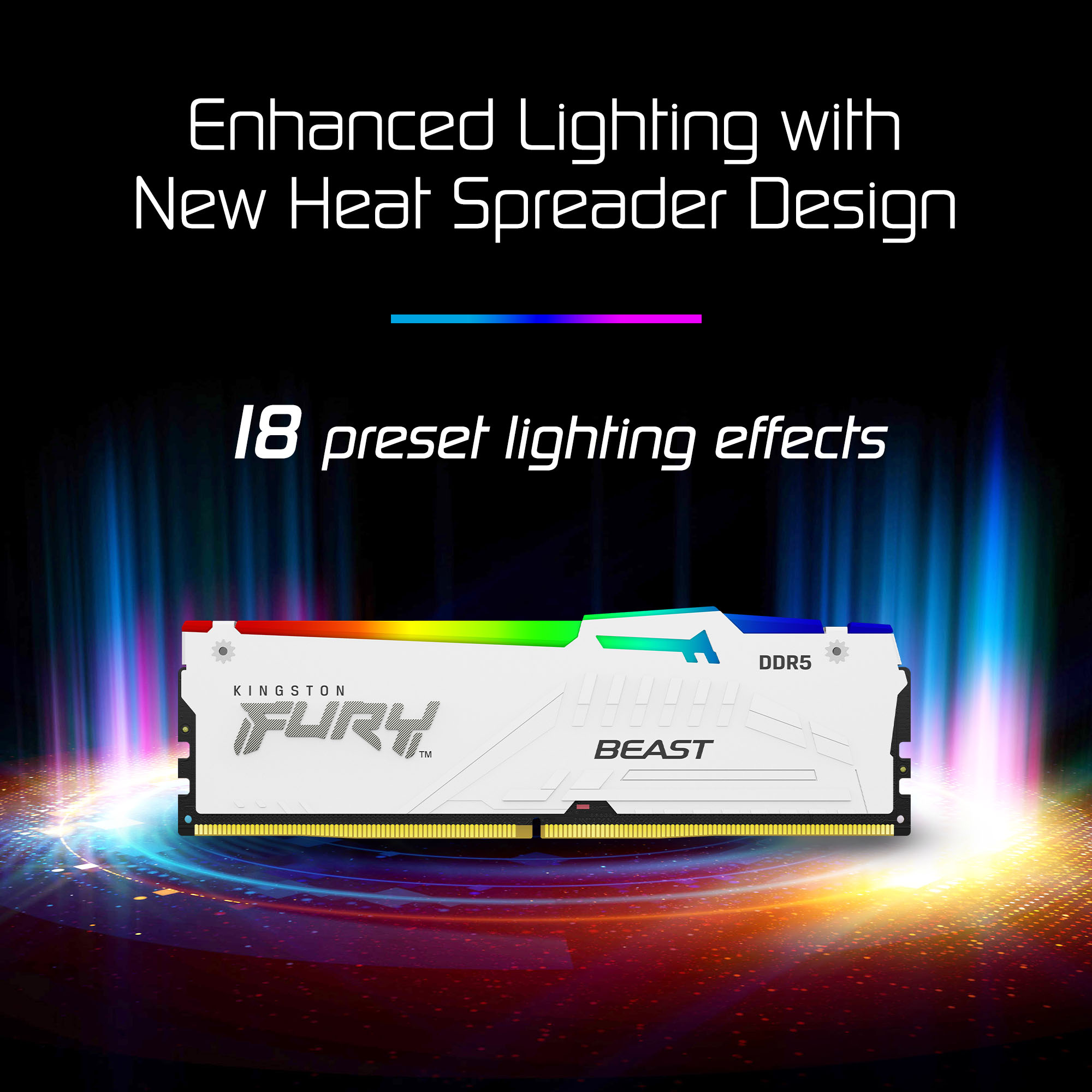Introduction
When your PC starts to feel sluggish, the first thing that often comes to mind might be upgrading hardware components like the CPU or GPU. However, one of the most effective ways to enhance system performance is by adding more RAM (Random Access Memory). This article explores why increasing your computer's memory can significantly improve its overall speed and efficiency, provides guidance on identifying when you need more RAM, and offers detailed recommendations for selecting the right type and amount of RAM based on your specific needs.
Understanding RAM
RAM: The Temporary Workhorse of Your Computer
RAM is a crucial component in any computer system because it temporarily stores data that the CPU processes. Unlike storage devices like hard drives or SSDs, which retain information even when powered off, RAM clears its contents once your computer shuts down. This dynamic nature makes RAM essential for high-speed data processing and multitasking.
How RAM Affects Computer Performance
- Faster Data Access: More RAM allows the CPU to access frequently used data faster, reducing wait times and improving overall system responsiveness.
- Multitasking Capabilities: With increased RAM, your computer can handle more applications simultaneously without slowing down or crashing.
- Reduced Disk Swapping: When you run out of available RAM, the operating system starts using disk space as virtual memory. This process is much slower than RAM access and leads to noticeable performance drops.
Different Types of RAM Available Today
The most common types of RAM used in modern computers are:
- DDR4: The current standard for desktops and laptops, offering faster speeds and higher capacities compared to its predecessors.
- DDR5: The latest generation designed to provide even greater performance through higher bandwidth and lower power consumption.
Identifying When You Need More RAM
Determining whether your PC needs more memory isn't always straightforward, but there are several signs that indicate a lack of adequate RAM:
- Frequent Application Crashes: If applications frequently freeze or crash when you try to run multiple programs simultaneously.
- Poor Multitasking Performance: Opening too many tabs in your web browser, running virtual machines, or playing resource-intensive games can cause significant slowdowns if RAM is insufficient.
- High Disk Usage: Monitor your system's performance using tools like Task Manager to see if the disk usage spikes during routine tasks. This often indicates that the computer is relying heavily on virtual memory due to low available RAM.
Selecting the Right Type and Amount of RAM
Determining Capacity Needs:
The amount of RAM you need depends largely on your usage patterns. For general productivity tasks such as web browsing, document editing, and email management, 8GB might suffice. However, for more demanding activities like video editing, gaming, or running multiple virtual machines, at least 16GB is recommended.
Compatibility Considerations:
- Check Your Motherboard: Ensure that your motherboard supports the type and amount of RAM you plan to install. Consult the manufacturer's documentation or online resources for detailed compatibility information.
- Speed and Latency: Choose RAM with speeds compatible with your CPU. While higher-speed modules can offer performance benefits, they may not provide noticeable improvements unless your system is already optimized for high-performance components.
Detailed Recommendations for Different User Types
Gamers:
- Minimum: 16GB DDR4 (2666MHz or higher)
- Recommended: 32GB DDR4 (3000MHz or higher)
Content Creators:
- Minimum: 16GB DDR4 (2933MHz or higher)
- Recommended: 32GB DDR4 (3200MHz or higher)
Comparison Tables with Alternative Products
RAM Comparison Table for Gamers:
| Model | Type | Speed (MHz) | CAS Latency | Price ($) |
|---|---|---|---|---|
| G.Skill Trident Z RGB 16GB DDR4-3200 CL16 | DDR4 | 3200 | CL16 | $89.99 |
| Corsair Vengeance LPX 16GB DDR4-2666 CL15 | DDR4 | 2666 | CL15 | $79.99 |
Pros and Cons Section with Detailed Explanations
Advantages of Increasing RAM:
- Better Multitasking Performance: More RAM enables smoother operation when running multiple applications concurrently.
- Faster Boot Times: Increased memory can lead to quicker boot times and reduced startup delays for applications.
Disadvantages of Increasing RAM:
- Cost: High-capacity RAM modules can be expensive, especially in larger quantities like 32GB or more.
- Motherboard Compatibility: Upgrading to higher capacities might require a motherboard upgrade if your current board doesn't support it.
Installation and Configuration Tips
Proper Installation Steps:
- Power down the computer completely and unplug all cables.
- Remove any existing RAM modules from your motherboard.
- Install new RAM sticks according to manufacturer instructions, ensuring proper alignment in the slots.
- Reassemble the case, plug back in power cables, and boot up the system.
Optimizing System Performance:
- Update BIOS firmware to ensure compatibility with new RAM configurations.
- Tweak memory settings using tools like XMP (Extreme Memory Profile) for optimal performance without compromising stability.
Frequently Asked Questions (FAQs)
Q: How much faster will my computer be after upgrading to more RAM?
A: The speed increase varies depending on your current setup and tasks. For most users, noticeable improvements can be seen in multitasking efficiency.
Q: Can I mix different types of RAM in the same system?
A: Generally, it's best to use identical modules for optimal performance and stability. Mixing speeds or capacities may lead to unpredictable behavior.
Conclusion:
This comprehensive guide provides detailed information on identifying when your PC needs more RAM, selecting appropriate types and amounts of memory, installation tips, optimization techniques, and answers common questions related to upgrading system RAM. By following these recommendations, users can enhance their computer's performance for various workloads effectively.
